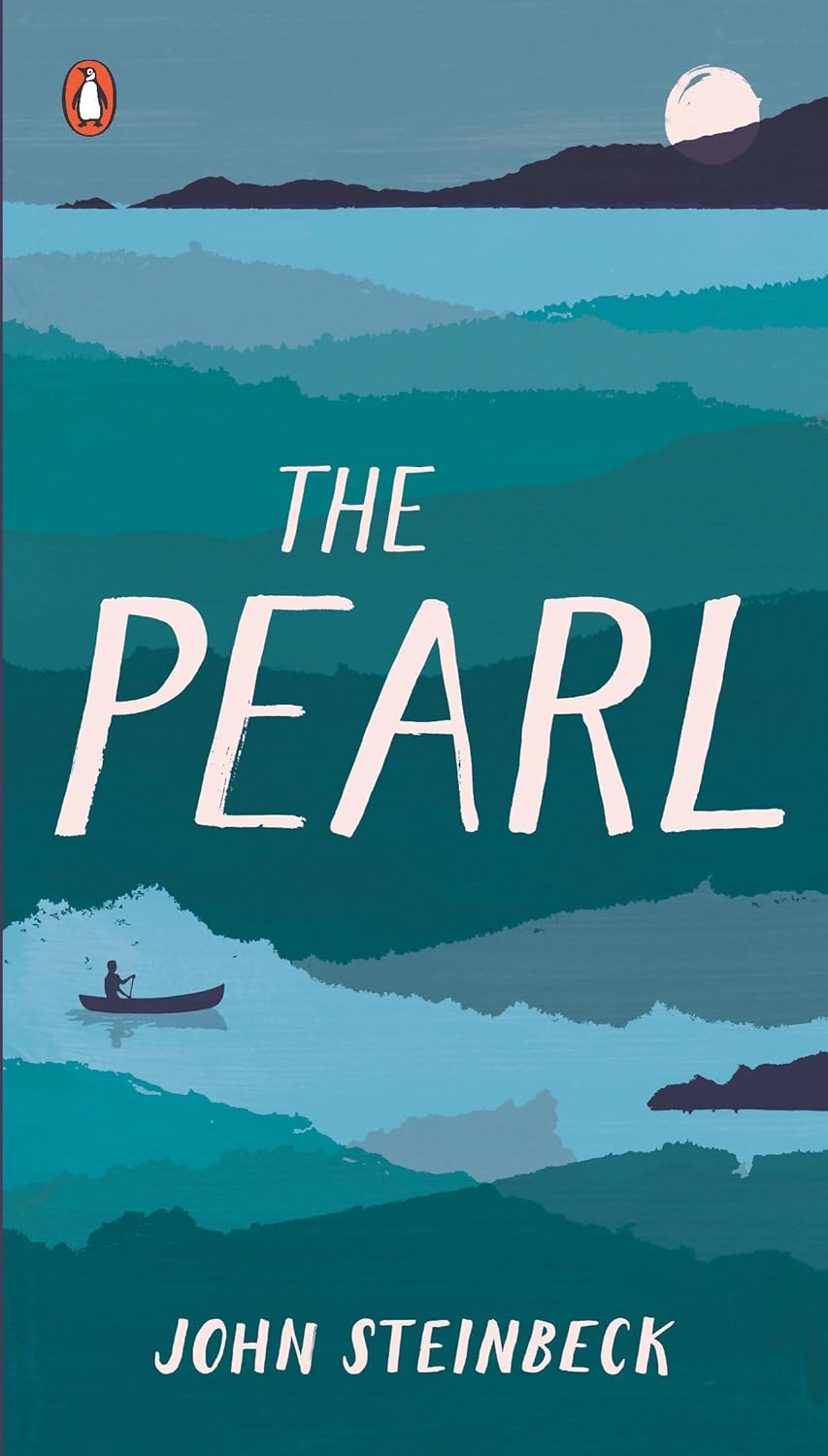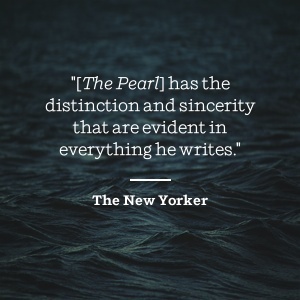I recently finished John Steinbeck’s novella, The Pearl. Having always been intrigued by his exploration of human nature and the complexities of morality, I decided to delve into this classic after hearing it encapsulates the essence of hope, greed, and the darker sides of humanity. The allure of a story wrapped around a pearl that promises wealth and comfort drew me in—who could resist such a premise?
The story revolves around Kino, a pearl diver, and his wife, Juana, who live a life of simplicity and hardship. One fateful day, Kino discovers an enormous pearl, likened to "the moon," which ignites hopes of a better future for his family. However, the pearl, rather than bringing prosperity, brings out the worst in the people around him, creating a cascading series of events that delve deep into the themes of greed, jealousy, and the human condition.
One of the standout aspects of this novella is Steinbeck’s exquisite prose. He possesses a unique ability to paint vivid imagery with his words, effortlessly transporting the reader to the sun-drenched shores of Mexico and the tumultuous depths of Kino’s world. Much like what other readers have felt, I found the story "clear and clean," making it captivating despite its brevity. The emotional weight—where hope morphs into despair—was palpable and resonated with me long after I turned the last page.
Another positive element was the exploration of complex societal issues in a concise format. Readers often feel that The Pearl teaches deep lessons about human nature, love, and the darker depths of evil, which mirrors my own interpretation. Kino’s journey serves as a reflection of the struggles many face in the pursuit of better lives, making this novella truly timeless.
However, the novella is not without its drawbacks. Many readers, like myself, noticed the pacing could feel rushed at times. While some found it emphasis on certain events effective, I agree with others who noted that the rapid transitions might leave some readers disoriented. The quick shifts from hope to despair often felt abrupt, akin to jumping from one scene to another without adequate buildup.
Additionally, some emotional elements can be overwhelming to the point of feeling depressing. While I appreciated the depth of Steinbeck’s exploration into the trials of Kino’s life, moments of despair felt particularly relentless, and I often found myself longing for moments of levity or hope amidst the bleakness.
In terms of the official description’s emphasis on "the secrets of man’s nature," I must say that Steinbeck did justice to this theme throughout The Pearl. The gripping contrast of love and greed is explored thoroughly, and the way the pearl, initially representing hope, slowly morphs to symbolize destruction is both poignant and heartbreaking.
Overall, my experience with The Pearl was enriching, even if it wasn’t without its challenges. The writing is beautifully crafted, making it worth the read despite the pacing issues and emotional heaviness. While I might not label it as a "light read," the lessons it imparts and the themes it tackles are undeniably significant.
In conclusion, I would recommend The Pearl to anyone searching for a classic that encapsulates human emotion and the complexities of life. It’s a powerful, albeit dark, novella that will leave you reflecting on the intricacies of hope, love, and the true cost of wealth. If you’re prepared for a journey through peaks and valleys of human experience, then definitely pick up this gem of a story.
Discover the profound journey of transformation in The Pearl. >>








